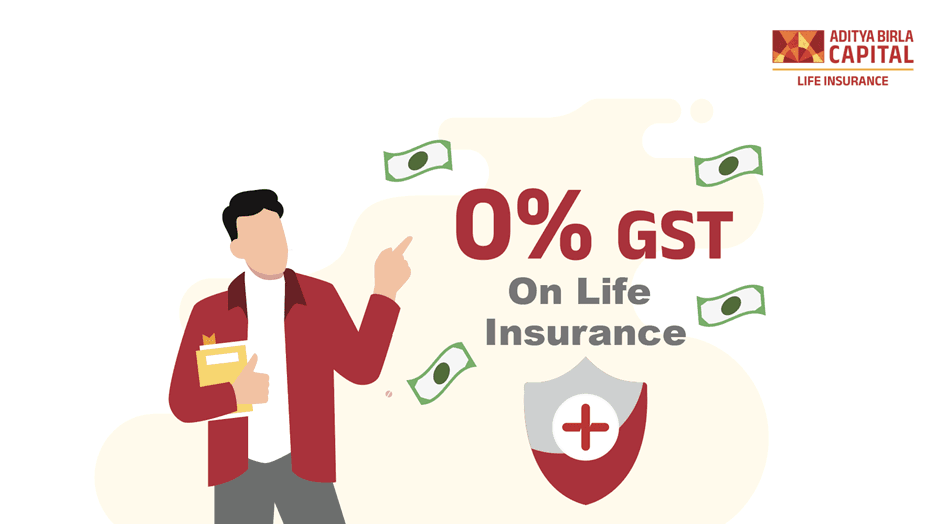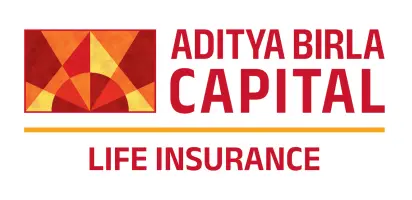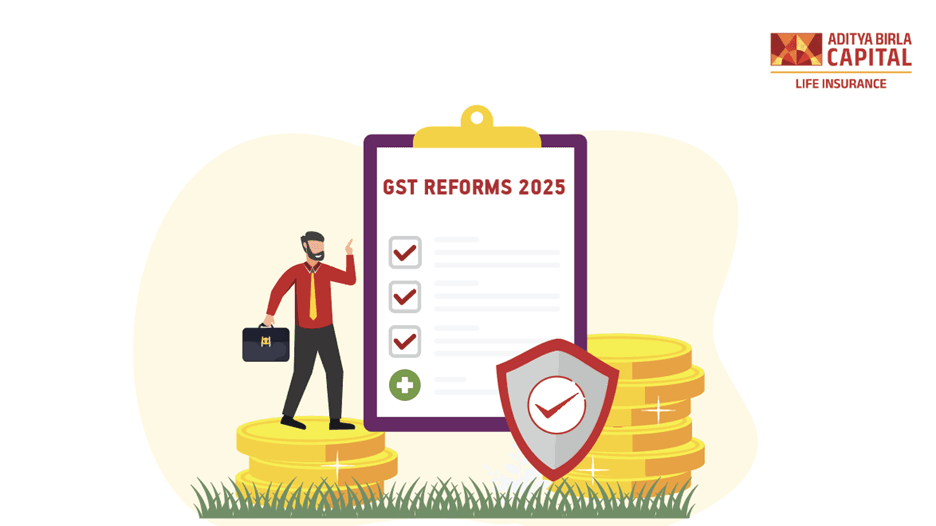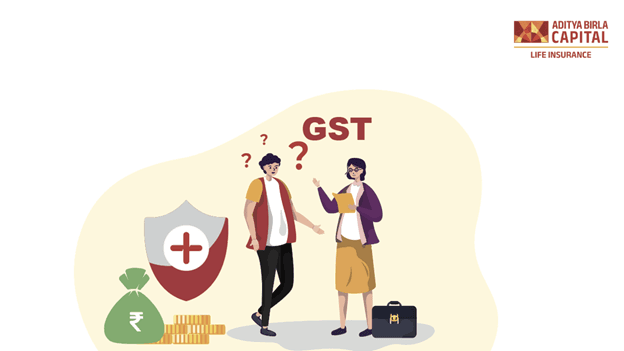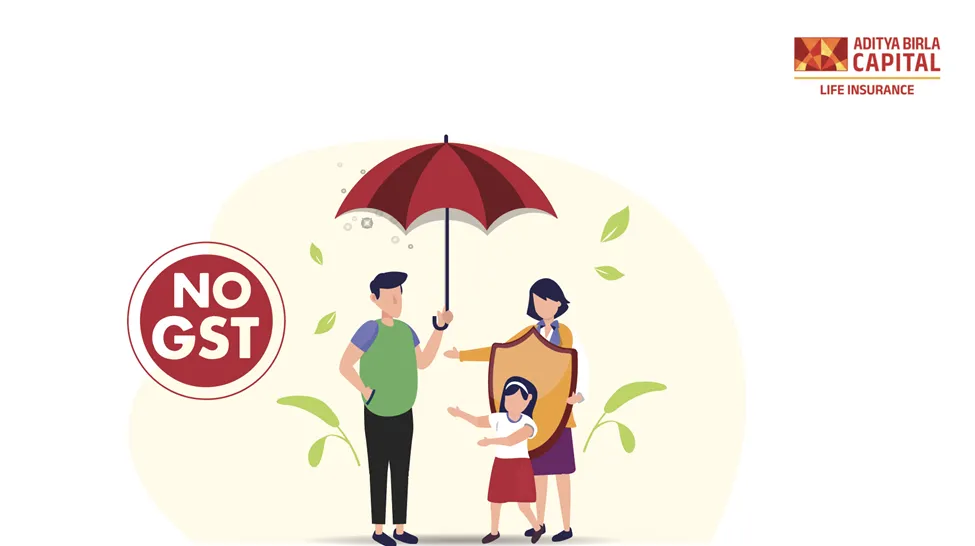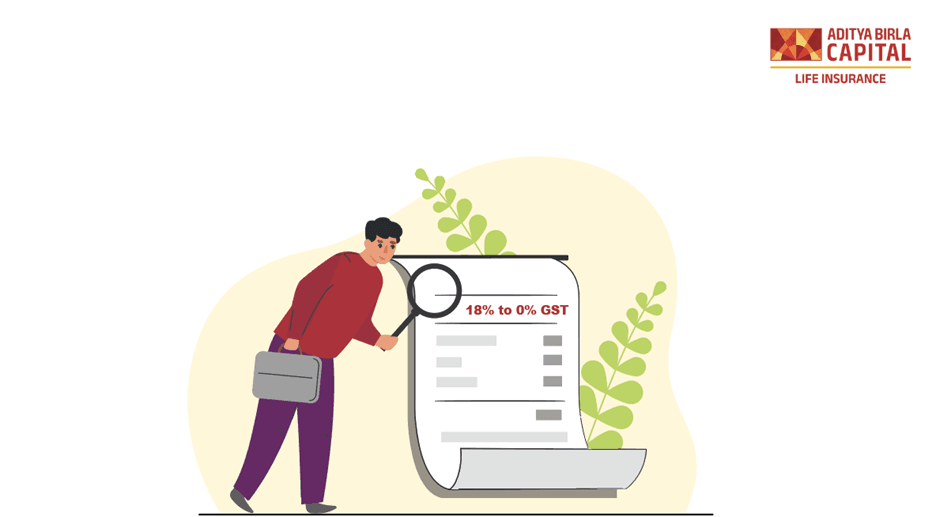For years, when people bought life or health insurance, there was always one extra cost tagged along, GST. It wasn’t something we could escape. Every policy premium carried that extra 18%, making protection feel just a bit more expensive than it should be.
But all that changed on 22 September 2025, when the GST Council announced full exemption on life and health insurance policies. This means no more GST, no hidden taxes, and no confusion over premium breakdowns.
It’s a reform that goes beyond numbers, it’s about making financial protection simpler, cheaper, and more inclusive.
Let’s understand what this GST exemption on insurance policies means, which policies qualify, and how both new and existing policyholders stand to benefit.
What Does GST Exemption on Insurance Policies Mean?
A GST exemption simply means that no Goods and Services Tax will be charged on your insurance premium.
Before this reform, insurance policies were taxed at 18% GST, whether they were term plans, health insurance, or investment-linked plans.
So, if your annual premium was ₹30,000, you were actually paying ₹35,400, ₹5,400 extra in tax.
With the GST exemption, this additional tax is completely removed. You now pay only the base premium, which goes entirely toward your protection, savings, or investment benefit.
In short, this decision:
- Makes insurance more affordable
- Encourages more people to get insured
- Ensures that your money works harder for your future, not for taxes
Why the GST Council Removed Tax on Insurance
At the 56th GST Council meeting (September 2025), the government decided to bring life and health insurance under the zero-GST slab. The move wasn’t random, it was strategic and long overdue.
Here’s what led to it:
-
Low Insurance Penetration in India
Despite growing awareness, India’s life insurance penetration still hovers around 4.2% (as a share of GDP), compared to over 10% in developed nations. The cost barrier created by GST discouraged many from buying protection.
Removing GST reduces the entry cost and helps bring “Insurance for All by 2047” closer to reality.
-
Rising Medical and Living Costs
Healthcare costs in India have surged nearly 12–15% annually. Add inflation and stagnant wage growth, and many families simply deprioritised insurance.
The government recognised this burden, and removed GST to restore affordability.
-
Encouraging Financial Planning
Insurance is not just about protection, it’s a long-term saving and security tool. The exemption helps make insurance a core part of every family’s financial planning, not an optional expense.
-
Strengthening Social Security
By making insurance accessible and affordable, the government aims to reduce financial distress caused by medical emergencies, accidents, or untimely deaths, all while strengthening India’s social safety net.
Which Insurance Policies Qualify for GST Exemption?
The exemption applies to all life and health insurance products approved by IRDAI (Insurance Regulatory and Development Authority of India). Let’s look at them one by one:
- Life Insurance Policies
All forms of life insurance plans are now GST-free, including:
- Term Insurance Plans: Pure protection plans that provide financial security to your family in case of your untimely demise.
- Endowment or Savings Plans: Policies that combine life cover with guaranteed# returns.
- ULIPs (Unit Linked Insurance Plans): Investment-oriented plans that offer market-linked returns along with life cover.
- Whole Life Plans: Long-term policies that cover you for life, ensuring lifetime protection.
- Children’s Plans: Savings-focused life policies to fund your child’s education or future milestones.
Earlier, GST was applied differently across these categories, for example, term plans had full 18% GST, while endowment plans had partial GST on risk cover. Now, all categories are uniformly exempt.
- Health Insurance Policies
The exemption also applies to all types of health insurance, such as:
- Individual Health Plans: Cover medical costs for one person.
- Family Floater Plans: Cover the entire family under a single premium.
- Senior Citizen Plans: Designed for older adults with higher age-based protection.
- Critical Illness Covers: Lump-sum benefit upon diagnosis of major illnesses.
- Top-Up and Super Top-Up Plans: Extend your existing coverage at low cost.
This is a huge relief for households, especially middle-income families and senior citizens, who were paying thousands extra in GST each year.
- Add-On Riders and Benefits
Even add-on riders that previously attracted GST are now exempt.
This includes riders like:
- Accidental death benefit
- Critical illness cover
- Waiver of premium
- Hospital cash rider
- Income benefit on disability
Now, you can enhance your policy with these valuable features without worrying about higher costs.
- Group Insurance and Employer Policies
Group term and group health policies offered by employers are also included under the exemption.
This means:
- Organisations will save on their group cover expenses.
- Employees can enjoy full benefits without indirect tax impact.
- SMEs offering employee insurance will find it easier to provide comprehensive coverage.
How This Benefits Existing Policyholders
If you already have a policy, you might wonder, does this change apply to me too?
Yes, absolutely.
-
Premium Reductions at Renewal
For ongoing policies, the GST exemption will reflect from your next renewal date after 22 September 2025. The new premium quoted by your insurer will automatically exclude GST.
-
Higher Sum Assured for the Same Budget
If you’ve been budgeting a fixed amount each year for premiums, you can now increase your sum assured instead of paying tax. More protection, same cost.
-
Easier to Add Riders
You can use the savings from GST removal to add riders that enhance your policy, such as critical illness or income benefit covers, without increasing your total premium outlay.
-
Better Returns on Savings Plans
For endowment or ULIP policies, the exemption ensures that a larger portion of your premium is invested, improving your eventual maturity or fund value.
-
Simpler Premium Calculations
No more complex invoices or tax components, your premium is now transparent and easy to understand.
How New Buyers Benefit Even More
For first-time buyers, this change is a game-changer.
-
Lower Entry Cost
The removal of 18% GST immediately reduces the upfront premium. Someone buying a ₹1 crore term plan for ₹12,000 now pays exactly ₹12,000, not ₹14,160.
That difference could be the reason many finally decide to get insured.
-
Greater Coverage at Lower Cost
Families can afford higher coverage amounts within the same premium range. It encourages people to buy adequate insurance instead of underinsuring themselves.
-
Easier Decision-Making
Earlier, the tax component often caused confusion in premium comparisons. Now, prices are simpler and more transparent, helping buyers choose confidently.
-
Encourages Financial Inclusion
Affordability drives awareness. More people from Tier 2 and Tier 3 cities are likely to start buying insurance for the first time, helping India move toward universal protection.
Impact on Different Policy Types
Let’s take a closer look at how this reform changes each policy type.
| Policy Type | Before (18% GST) | After (0% GST) | Key Impact |
|---|
| Term Plan | ₹10,000 + ₹1,800 GST | ₹10,000 | Lower cost, easier renewals |
| Health Plan | ₹30,000 + ₹5,400 GST | ₹30,000 | Affordable for families |
| ULIP | ₹60,000 + ₹10,800 GST | ₹60,000 | Better long-term returns |
| Endowment Plan | ₹40,000 + ₹7,200 GST | ₹40,000 | Higher guaranteed# maturity |
| Riders | ₹5,000 + ₹900 GST | ₹5,000 | Easier to add coverage |
(Illustrative values)
Over time, this will not only save households thousands each year but also boost participation across the insurance sector.
Broader Economic Benefits
The GST exemption on insurance policies is also expected to deliver macro-level advantages.
-
Expanding the Insurance Market
By reducing cost barriers, more individuals and businesses will purchase insurance, driving growth for the industry and supporting economic resilience.
-
Reducing Financial Vulnerability
As more citizens become insured, the financial shock of health emergencies or loss of income reduces. This strengthens national financial stability.
-
Supporting Long-Term Investments
Life insurance is one of India’s largest sources of long-term capital for infrastructure and economic development. More policyholders mean more funds flowing into productive channels.
-
Boosting Employment in the Sector
As insurance penetration increases, there will be rising demand for agents, advisors, underwriters, and support staff, creating more jobs.
How It Aligns with the Government’s Broader Vision
This reform fits into multiple ongoing national priorities:
- Insurance for All by 2047: Ensuring every family has basic protection.
- Financial Inclusion: Bringing more citizens into formal savings and investment systems.
- Ease of Doing Business: Simplifying compliance for insurers and agents.
- Healthcare Access: Encouraging private insurance to complement public health programs.
In short, the GST exemption bridges policy, people, and purpose.
Emotional and Practical Impact for Families
Behind every policy number is a family’s story, a mother ensuring her children’s dreams stay protected, a couple securing their health in old age, a young professional building financial independence.
With this reform:
- A family can afford more coverage without feeling financially stretched.
- Senior citizens can renew health policies without worrying about rising costs.
- Young earners can start early, knowing their premiums are lighter on the pocket.
It’s not just an economic decision, it’s a gesture of care that empowers households to live with greater confidence and security.
What You Should Do Next
If you’re an existing policyholder or planning to buy insurance soon, here’s how to make the most of the GST exemption:
- Check Your Policy Renewal: Ensure your insurer has revised your premium as per 0% GST.
- Upgrade Coverage: Use the savings to increase your sum assured or add riders.
- Diversify Plans: Combine term, health, and savings policies for holistic protection.
- Start Early: Premiums are lowest when you’re young and healthy.
- Review Annually: Revisit your needs as your family, income, or goals grow.
This is the perfect time to align your insurance plans with your financial aspirations.
The Future of Insurance Post-GST Reform
Experts believe this reform will trigger a wave of innovation in the insurance industry.
- Simpler Products: Easier pricing and transparent structures.
- Increased Digital Adoption: More online policy purchases from younger audiences.
- Better Awareness Campaigns: As affordability improves, awareness will grow faster.
- Cross-Sector Growth: Banks, NBFCs, and digital insurers will all see increased participation.
Ultimately, this makes India’s insurance sector stronger, more competitive, and people-focused.
Final Thoughts
The GST exemption on insurance policies is more than a tax reform, it’s a vision statement.
It says that financial protection is not a privilege, it’s a right.
By removing the tax barrier, the government has ensured that every rupee you invest in your family’s security goes where it truly belongs, towards your future, not towards taxes.
Whether you’re renewing your policy or buying your first one, this is the best time to act.
Because when insurance becomes affordable, security becomes universal.

